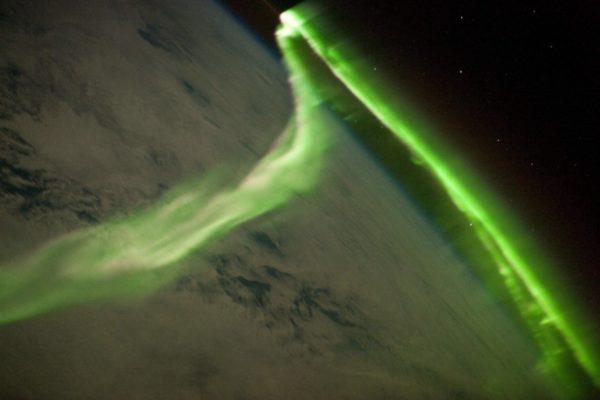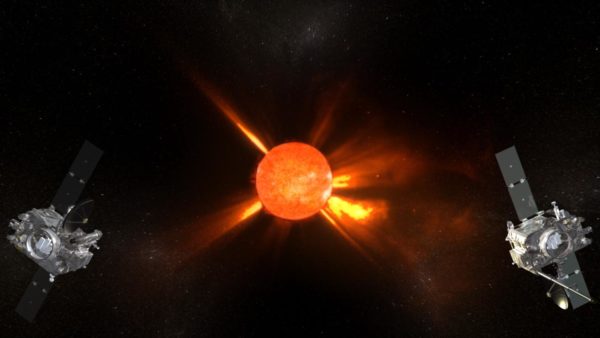“Concentrate all your thoughts upon the work at hand. The sun’s rays do not burn until brought to a focus.” -Alexander Graham Bell
In 1859, the Sun surprisingly increased in brightness so significantly for just a brief while that it was noticeable from Earth during the day. Less than 24 hours later, aurorae were visible so brightly and so far south that people awoke in the middle of the night, thinking it was dawn. But in addition to the spectacular sights, there were also downsides: telegraph wires spontaneously caught on fire, causing significant amounts of damage.
 The atmospheric effects of the aurorae, as seen from space. Image credit: NASA / ISS expedition crew 23.
The atmospheric effects of the aurorae, as seen from space. Image credit: NASA / ISS expedition crew 23.
The physics behind it is simple and straightforward, as the charged particles emitted from a solar flare interacted with the Earth's atmosphere, changing its magnetic field over time and inducing current in any long-length (or coiled) wires. In the 21st century, such a flare would be a trillion dollar disaster, and we have very little to defend against it in place. Thankfully, with STEREO-B back online, our best early warning system is now 100% functional again!
- Log in to post comments


Just so you know, its not 100% functional again. http://stereo-ssc.nascom.nasa.gov/new.shtml